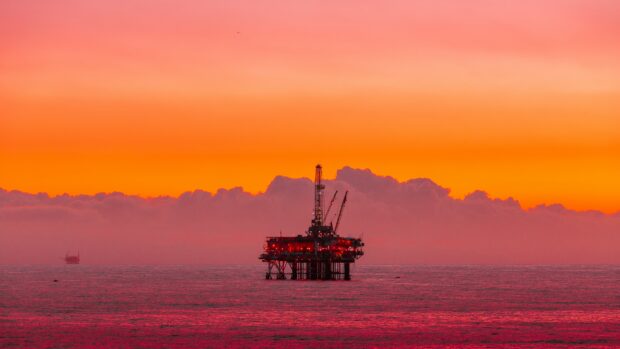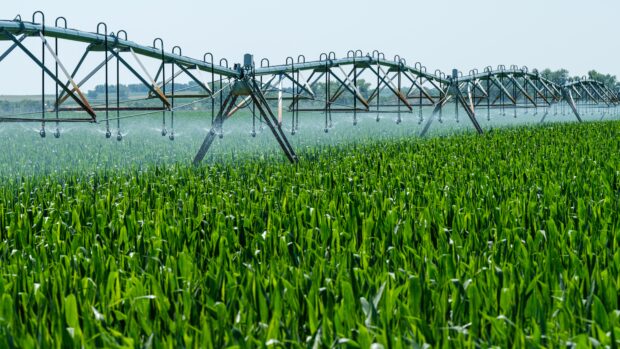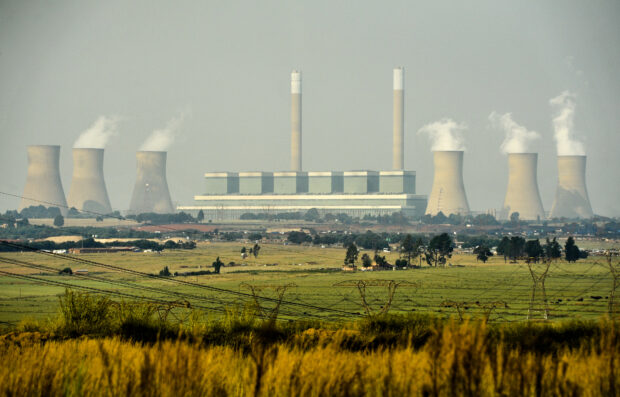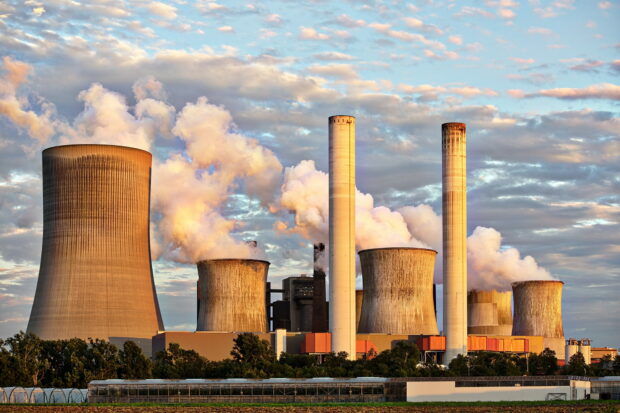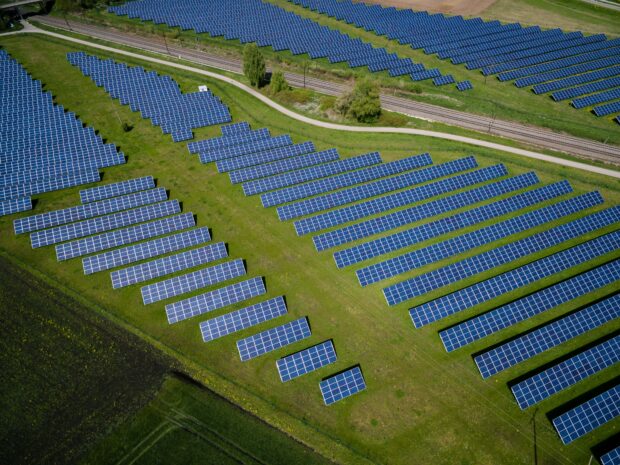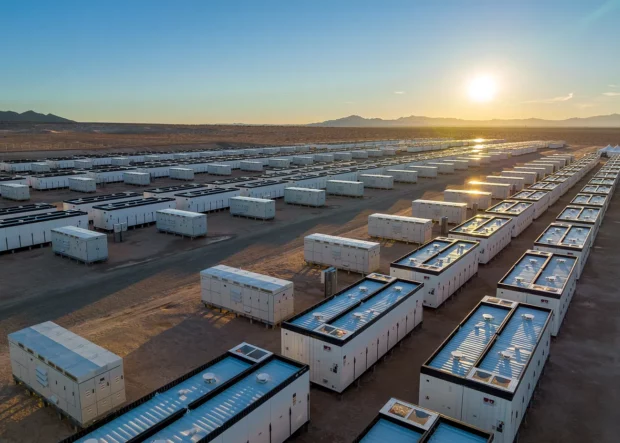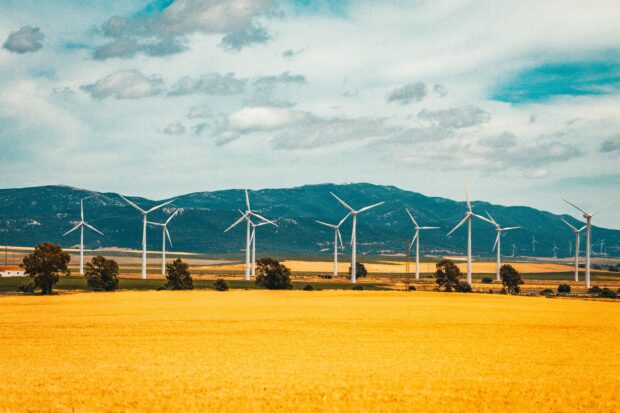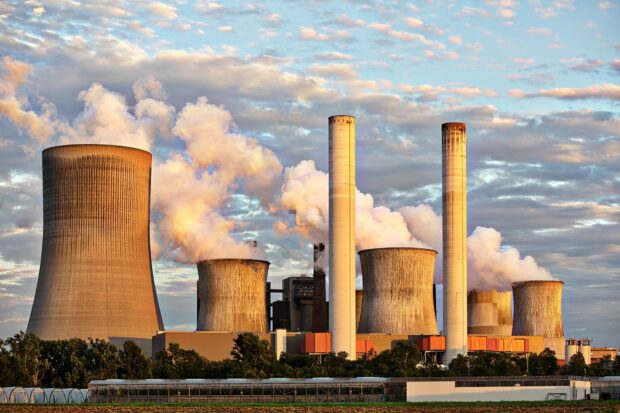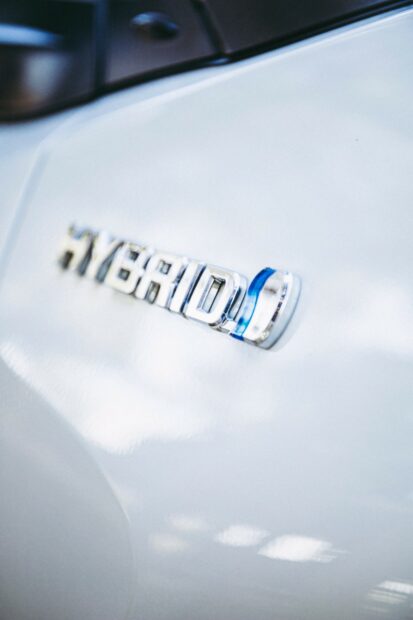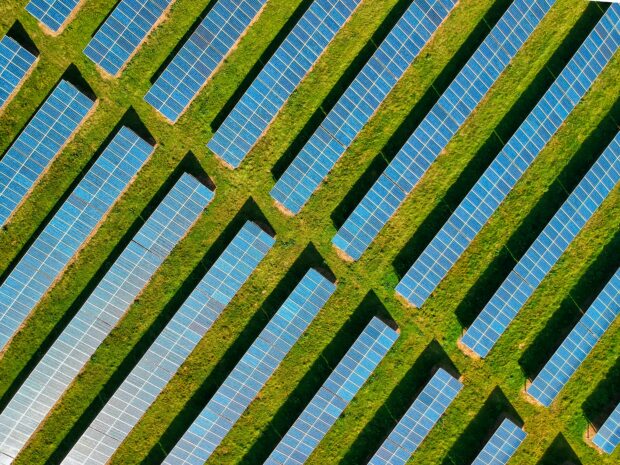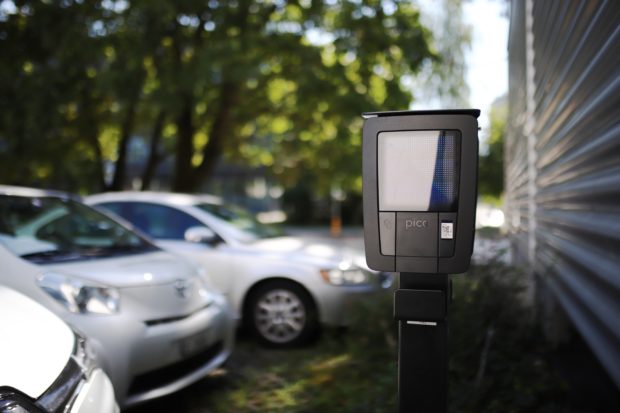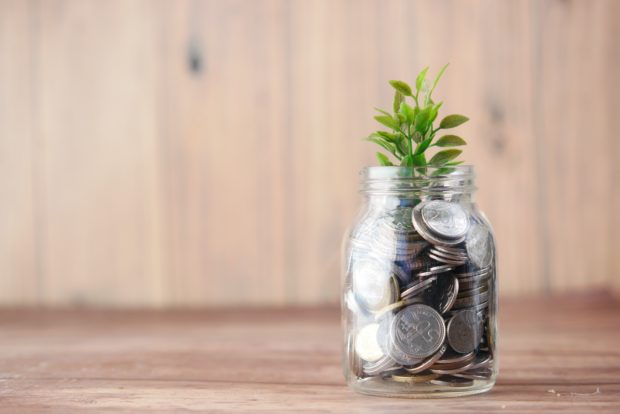Archive: Green economy
A new report warns of trillions in oil and gas revenues at risk by 2040, with demand set to fall globally in favour of cheaper renewables.
If it were not for the ingenuity of South African farmers who make alternative green energy plans, the entire agricultural sector would be under much more pressure.
Generating electricity from fossil fuels has a hidden cost: South Africa’s already scarce supply of fresh water.
Early planning, local economic diversification and participatory planning to empower communities are critical for a Just Transition, says the PCC.
The IEA says that clean energy investment in emerging and developing economies must grow to USD $2.8 trillion annually by the early 2030s.
Investing in energy storage can quickly address load shedding and lay the foundations for a cleaner, more secure power system, said the IISD.
EU demand for coal imports is set to plummet by 2030, to be replaced by critical minerals and technologies for the clean energy transition.
The programme is the largest on the African continent for the procurement of renewable energy and resource efficiency for public facilities.
The EU is firmly on its clean energy transition, with renewables and green technologies at the front and centre of new economic partnerships.
Spain is investing in South Africa’s green transition to develop renewable energy, electric vehicles and water projects.
Evidence shows an additional 5 GW of renewable capacity could all but end load shedding and its associated socio-economic damage.
To address the power and climate crises, massive investments in transmission infrastructure and renewables are needed over the coming years.
The main difference between EVs and hybrid cars is how they are powered. An EV gets its power exclusively from electricity, while hybrid cars – as the name suggests – run on a mix.
While fossil fuel prices soar, solar is the solution to affordable energy security, job creation and sustainable economic growth.
The Kyoto Protocol made history in 1997 as the first major international effort to slow climate change.
Electric vehicles are becoming increasingly popular. Here are the upfront and ongoing costs to expect if you make the shift.
Lower running and maintenance costs mean EV ownership can prove an excellent investment, particularly as more affordable models become available.
Coal is the world’s dirtiest energy. A just transition from coal mining will profoundly benefit people and the environment.
Renewable energy funds are a vital tool for South Africa’s green energy transition. They can pay for everything from infrastructure upgrades to mine rehabilitation.
Energy is essential for the functioning of any modern economy. South Africa’s Central Energy Fund (CEF) does the vital job of maintaining that energy supply.

